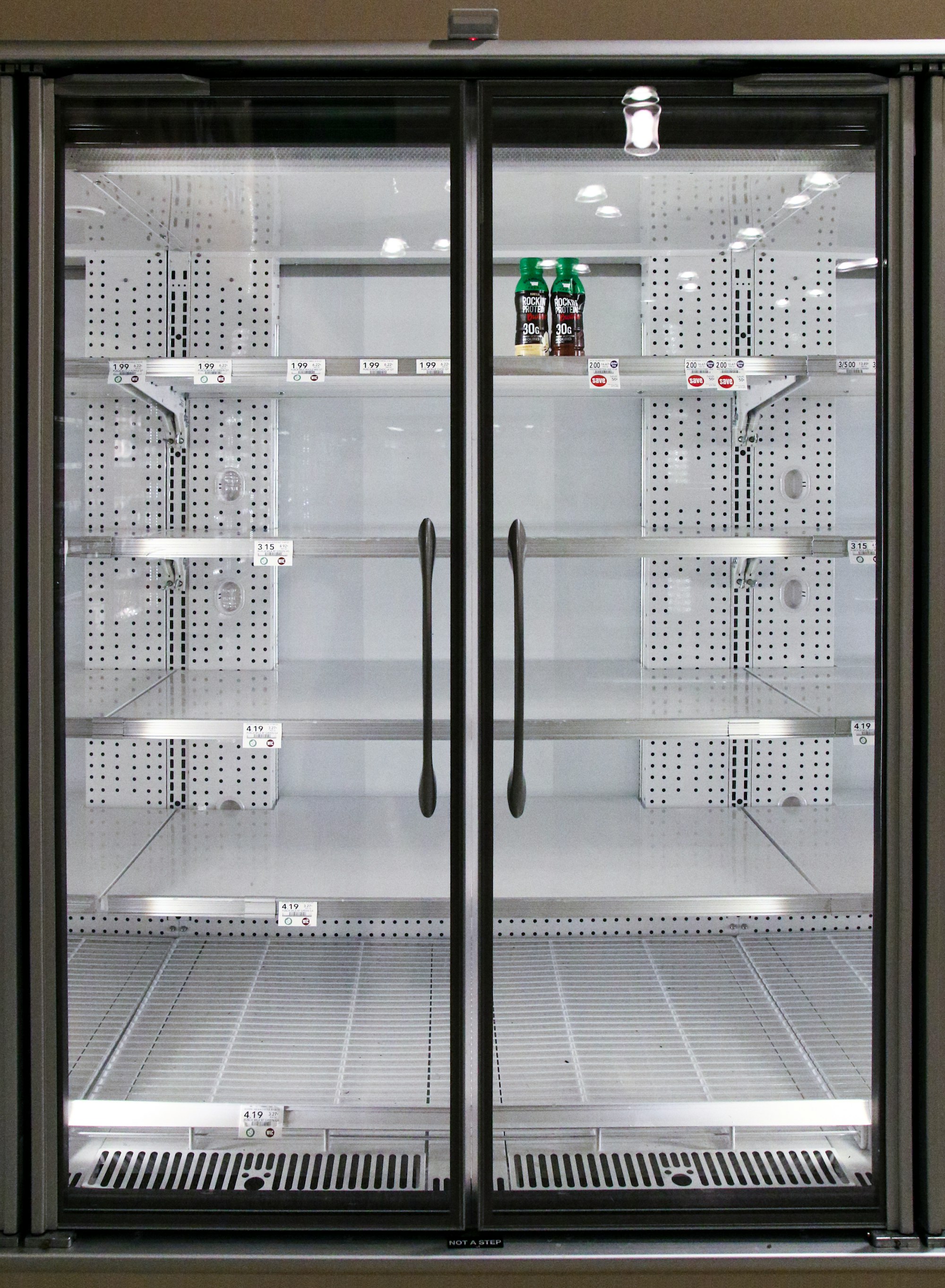Inventory Management for Amazon FBA: Avoiding Stockouts and Overstock

In the high-stakes world of Amazon FBA, inventory management is akin to keeping a complex machine running smoothly with all gears in sync. Your task is to master this machine, down to its finest details. In this guide, we're going to lift the hood, examine its intricacies, and provide you with tangible, insightful examples and strategies for success.
Tracking Sales Velocity: The Fine Art of Precision
Sales velocity is your guiding star. This metric gives you an exact number of how many units of a product you're moving per month. Let's say you're shifting 30 units of 'Eco-Friendly Yoga Mat' each month. It makes sense to keep 30-60 units in your FBA inventory considering you need to account for Amazon's lead times plus an additional buffer for unexpected sales spikes or supply delays.
Demand Forecasting: The Crystal Ball of Inventory Management
Anticipating demand is the cornerstone of smart inventory management. It's not just about looking at historical data; it's about reading the market.
Suppose you're selling holiday decorations. Rather than just ramping up in November in anticipation of Christmas, keep an eye on broader consumer trends. For instance, with the rise of Halloween celebrations, you could increase stock levels in October, taking advantage of a previously untapped sales opportunity.
Harnessing Amazon's Restock Limits: The Magic Number
Amazon provides each seller with a personalized restock limit. Consider it your inventory safety net. It's derived from your sales velocity and historical data. Use this to automate your reordering process. Once your inventory dips to this restock limit, trigger a reorder. This hands-off approach keeps you in Amazon's good books and reduces the risk of stockouts.
Dealing with Lead Times: The Waiting Game
Let's say your supplier takes 40 days from the day you place an order to deliver the product to your door. Then you need to add the time for shipment to Amazon's warehouse.
In this scenario, you must place a new order when you have 40 days' worth of stock remaining. Fail to do so, and you'll run out of stock before the new order arrives. Therefore, understanding and preempting lead times is crucial to maintaining a well-stocked inventory.
Employing Inventory Management Systems: The Power of Tech
Consider integrating an inventory management system like Ecomdash or Zoho Inventory with your Amazon FBA account. These tools can provide real-time inventory updates, track sales data, and even generate demand forecasts.
With Zoho Inventory, for example, you can set up automated low stock alerts for each of your SKUs. It also allows you to create 'Purchase Orders' directly within the platform, ensuring seamless and timely reordering of stock.
Navigating Overstock Challenges: Quick Salvage Operations
Overstock can be as damaging as stockouts, locking up capital and racking up Amazon's long-term storage fees. Your game plan to address overstock needs to be swift and efficient.
Let's say you have an overstock of 'Organic Pumpkin Spice Latte Mix' post-autumn. A clever strategy would be to offer a limited-time 'Winter Warm-Up Bundle', pairing the latte mix with a bestselling 'Insulated Travel Mug' at a discounted price. Not only does this increase the visibility of the overstocked item, but it also adds value for the customer and accelerates sales.
In the dynamic world of Amazon FBA, inventory management is all about agility and adaptability. Implementing these strategies and tactics can help you deftly navigate the balance between stockouts and overstock, optimizing your inventory for both operational efficiency and profitability.